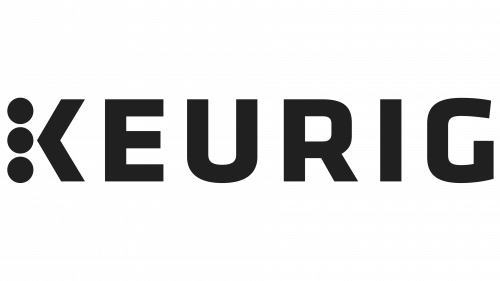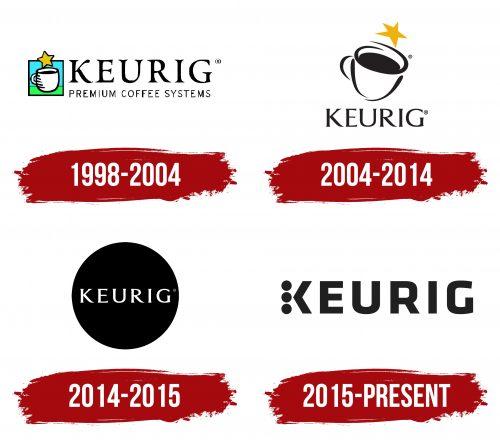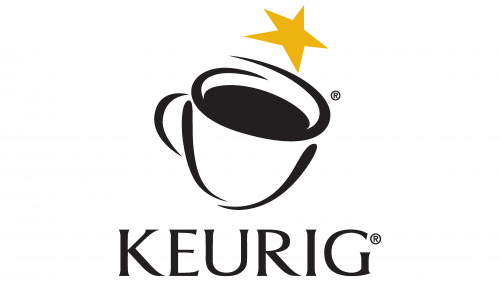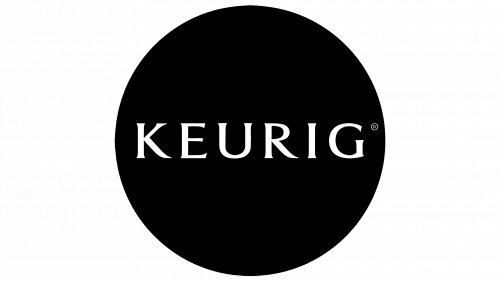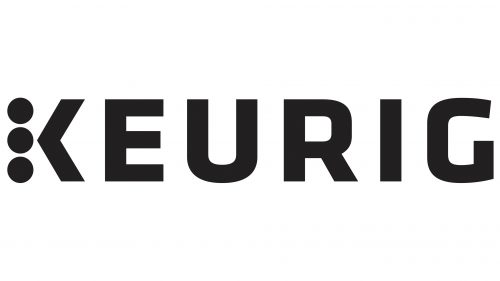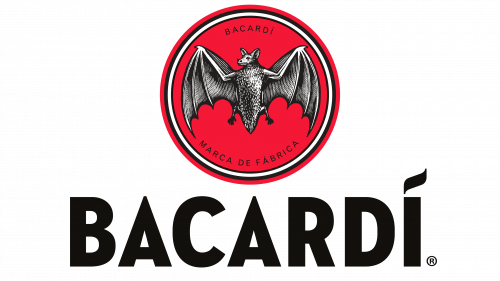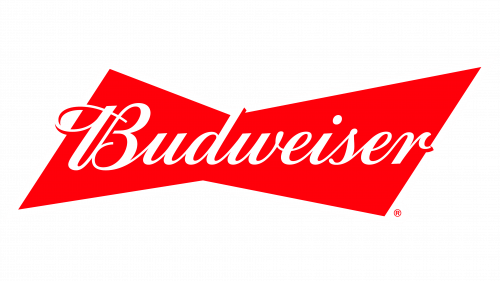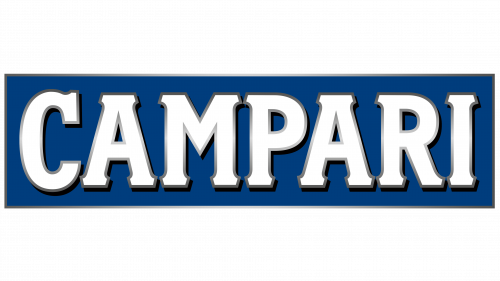The Keurig logo appears as if it is made from perfectly arranged coffee pods, creating the impression that you only need to reach out and press a button to enjoy an aromatic beverage. The emblem conveys a sense of technological perfection through its clean and sharp lines, emphasizing the brand’s modern approach. This symbol reflects high standards and underscores the company’s sustainable leadership in the U.S. market, where the brand has firmly established itself in its niche.
Keurig: Brand overview
In 1992, engineer John Sylvan and his colleague Peter Dragone began developing the concept of a single-cup brewing system, marking the start of the Keurig story. Sylvan was frustrated with the poor quality of office coffee at Acuprint, a packaging company, and set out to create a system to provide fresh coffee with each cup.
The brand’s name, derived from the Danish word “excellent,” reflects the founders’ commitment to quality. During its early years, the company focused on perfecting the brewing technology. After experimenting with various methods, Sylvan and Dragone came up with the idea of using single-use capsules that contained pre-measured doses of ground coffee.
In 1993, the company received its first patent for a single-cup brewing system, a critical step in protecting its intellectual property and paving the way for future growth.
Initially, the company focused on the office coffee market. In 1998, it launched its first commercial coffee maker, designed for office use. The machine became popular due to its easy use and quick brew of fresh coffee.
A major turning point came in 2002 when a partnership with Green Mountain Coffee Roasters was established. This collaboration helped the business scale and secure a reliable supplier for its capsules.
In 2004, the company expanded into the home coffee market by launching its first single-serve coffee maker for households. The model quickly became popular among consumers who valued the convenience of brewing a fresh cup of coffee at home.
In 2006, Green Mountain Coffee Roasters acquired the company, accelerating growth. This acquisition allowed further expansion and access to more resources. In 2007, a new line of coffee makers, including a popular model, was introduced, solidifying leadership in the market with improved designs and features.
In 2010, the company introduced Vue technology, allowing users to customize the strength and temperature of their drinks, expanding the range of available beverages. While the Vue system didn’t reach the same popularity as the original line, it demonstrated a focus on innovation.
A major move came in 2014 with the launch of the 2.0 system, which is capable of brewing both single cups and full carafes of coffee. However, this system sparked controversy because it was incompatible with non-branded capsules, frustrating some customers.
Also 2014, the company ventured into cold beverages with a system designed to make carbonated drinks at home. However, this system was discontinued in 2016 after failing to meet sales expectations.
In 2015, JAB Holding Company acquired Green Mountain for $13.9 billion. This acquisition led to the 2018 merger with Dr Pepper Snapple Group, creating a combined entity that continued to grow.
Over the next several years, product offerings continued to expand. In 2017, the company launched a new system allowing users to adjust the strength of their coffee. In 2018, a machine capable of making cappuccinos and lattes was introduced.
By 2020, the brand remained a market leader in home coffee makers. It expanded its range of machines to meet various consumer needs and price points. Innovation continued through 2021 and 2022, enhancing the user experience and expanding beverage options.
As of 2023, the company remains dominant in the coffee maker and capsule market, continually improving its technology and product offerings. This brand’s story demonstrates how an innovative idea can transform an entire industry, changing how millions of people enjoy their daily coffee.
Meaning and History
What is Keurig?
This popular brand has completely transformed how people brew and drink coffee at home and in offices. The brand has made beverage preparation easy and fast by bringing barista-style convenience to kitchen countertops worldwide with its iconic K-Cup capsules and single-serve coffee makers. In addition to coffee, the company’s brewing devices can produce tea, hot chocolate, and even cold beverages. The secret to its popularity lies in its ability to quickly and efficiently deliver reliable, easily customizable drinks—a feature that appeals to coffee enthusiasts and professionals. Through partnerships with well-known coffee shops and companies, the brand has expanded its consumer base and increased the variety of flavors and roasts.
1998 – 2004
The first emblem includes an image and text, clearly reflecting the company’s line of business. Against a blue-green background, a coffee cup is depicted. The background symbolizes natural freshness, evoking green grass and blue skies. This element emphasizes that the company’s coffee machines brew natural coffee from high-quality beans. The chosen color scheme affects the subconscious, evoking associations with purity and nature.
A star descends into the cup, symbolizing premium coffee brewed by Keurig machines. The star also points to the K-Cup—original capsules that produce a rich and flavorful beverage. To the right of the image, the brand name is written in large letters, and below it is a product description: “Premium Coffee Systems.”
The company’s name comes from Dutch and means “neat” or “tidy.” The founder chose this word to find a term that best conveyed the idea of perfection and high product quality, aligned with the concept of “excellence.”
2004 – 2014
The 2004 emblem looks much more progressive and modern. The large coffee cup at the logo’s center resembles the Aquarius constellation in the night sky, as if ready to pour the best coffee in the world. Its tilt seems to symbolize the anticipation of the moment when the aromatic beverage is about to flow, emphasizing the quality and uniqueness of the product. The star, which becomes a symbol of perfection, further highlights the premium nature of the product.
The founder’s story, who drank up to 40 cups of coffee daily for the perfect taste, adds even more significance to the emblem. His pursuit of perfection is reflected in every detail of the logo. At the bottom of the emblem, the brand name is written in thin lines, stylistically echoing the contours of the cup, creating a unified and harmonious image.
2014 – 2015
The 2014 emblem depicts a K-Cup coffee pod, visually resembling a black circle symbolizing a top-down view of a coffee cup. This simple yet expressive image highlights the richness and strength of the beverage. Inside the circle, like the foam on the surface of freshly brewed coffee, the brand name is written in white, giving the logo a fresh and contrasting appearance. This design effectively showcases the strength and premium quality of the drink, emphasizing the excellence of every K-Cup brewed coffee.
2015 – today
The Keurig logo in the image stands out for its simplicity and thoughtful symbolism. The main focus is on the unique design of the letter “K,” which consists of three round dots. This element refers to coffee beans, highlighting the brand’s primary products—coffee and coffee machines. These dots also evoke buttons on automated coffee machines, visually reinforcing the association with modern coffee-brewing technology.
The black-and-white color palette gives the visual mark a sense of seriousness and style, but the departure from a “darker” design has made the emblem lighter and more approachable. The simplicity of the font conveys high technology, reliability, and innovation, which are the foundations of the brand’s reputation.
The company’s history is directly tied to the search for the perfect solution for fast and convenient coffee preparation. The logo’s minimalist and technical design symbolizes this rapid progress and reflects the company’s core values—convenience, quality, and modernity.
The emblem became part of the shift in coffee culture when automated coffee machines made a breakthrough in the market.
